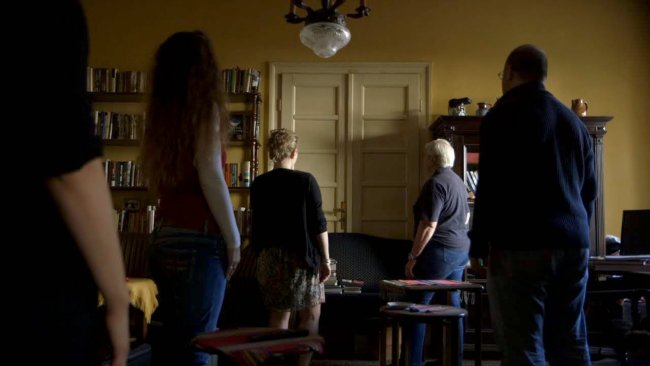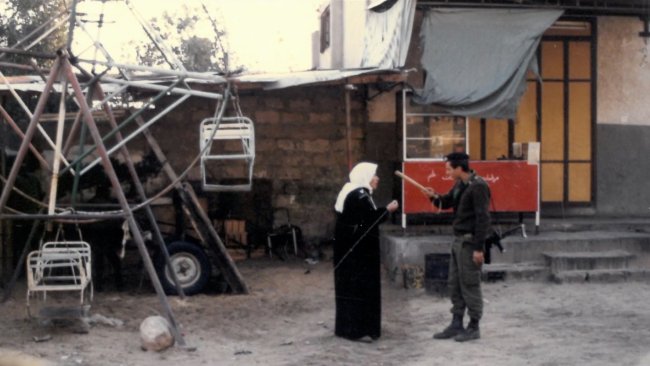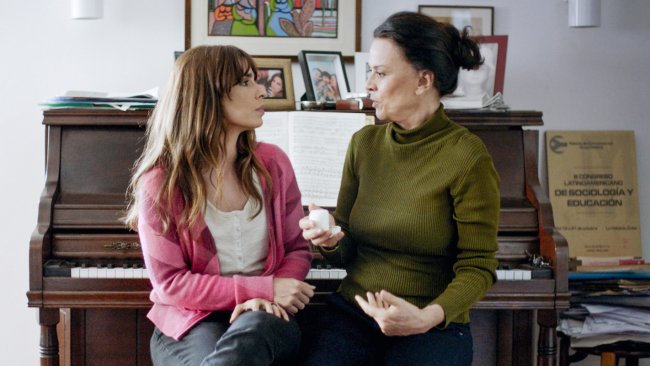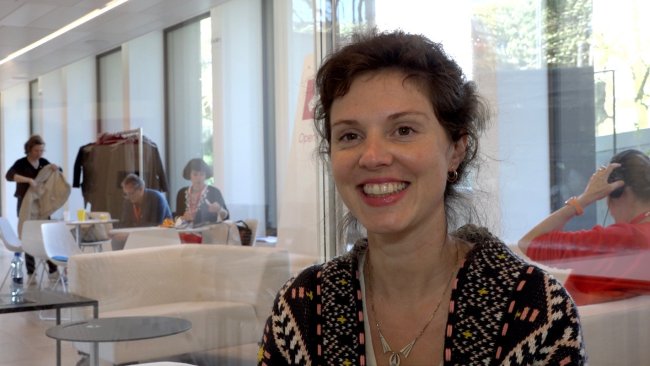David Lynch: The Art Life
[…] These “quiet aliens” that Lynch captures dot the lawns of his childhood place In Boise, Idaho. It is a place that he reminisces about in the documentary as one of pure happiness, and where his world of «freedom and the foundation of love» was only as big as a «couple of blocks».
[…] There is an awkward innocence, if not naiveté apparent. But the memories are astutely delivered. The past is as full as the present and we are taken there by a genuine hand in constant reflection.
[…] Lynch is refreshingly not overly intellectual or full of lofty concepts and technical talk. He sensitively ruminates all aspects of his “art life” with the kind of reverie one might have on their death bed.
Text: Jodie McNeilly

I had been a huge fan of Lynch’s films, and of course Twin Peaks, when first introduced to Lynch “the visual artist” through a small publication from an exhibition at the Fondation Cartier pour l’art contemporain (Göttingen), simply called, Snowmen. On each page, there is a black and white photograph of a house’s facade, suburban and unremarkable, with a snowman in various states of breakdown, some no longer with a head, or face, or any distinctive anthropomorphic mark. These “quiet aliens” that Lynch captures dot the lawns of his childhood place In Boise, Idaho. It is a place that he reminisces about in the documentary as one of pure happiness, and where his world of «freedom and the foundation of love» was only as big as a «couple of blocks». One world that in fact contained «huge worlds», full of «everything». David Lynch: The Art Life is a shrine to the man and his artistic beginnings, where these worlds manifest furiously in paint, and later in film. It is only through this “lesser-known-before-he-was-famous” portrait that I have come to understand this little book of strange snowmen melting in the Spring.
We find Lynch in his studio in the Hollywood Hills where he can be bathed in the purifying light typical of California. We see the artist at work: moulding, smoothing, twisting, flicking, bashing and tapping. While his voice hypnotically narrates, with even paced cadence in a North-Western drawl, a detailed chronology of his life. These stories are told with an alarming dexterity of memory: a memory mostly for what places looked like, whether it was cold, dark, morning or night. Bizarre incidents. People. Strangers. Experiences that Lynch never explicitly claims directly fed his imagination, as one might claim as organised stimuli for creative output. And yet we see the logic of his intuition edited into the fabric of the documentary. How these thoughts, feelings and sensations have been given life in his mixed-media paintings that flash upon the screen as stills, or animations drawn by the voice of their author. Lynch unwittingly describes these events with nostalgic reverence. They are snapshots of a life that provoked happiness, fear, confusion, pleasure or his acute attention. There is an awkward innocence, if not naiveté apparent. But the memories are astutely delivered. The past is as full as the present and we are taken there by a genuine hand in constant reflection.
David Lynch: The Art Life is a portrait. But of what kind? The presence of the documenters (Jon Nguyen, Olivia Neergaard-Holm, Rick Barnes) is hidden in the filming of the film. We observe Lynch in the wonderful chaos of his studio full of canvases, machines, tools and junk. The visual is mostly narrated in post-edit, but sometimes he speaks directly to camera, sitting in front of a recording mic that looks like a shiny mini crane about to pluck out the truth. The framing is particular, just like Lynch. We watch him work, work and work. Even in shots with his young daughter Lula, she also works, but really, it’s play. And this is how Lynch has always approached his art, “work as play”, from his room in Bushnell Keeler’s studio in Virginia, the «cubicle» at the art school he attended in Philadelphia, the rooms of his house in Poplar street, to the two-year making of Eraserhead in the stables of the Centre for Advanced Film Studies in Beverley Hills. Yet his play is serious in its curiosity and quirkiness; his process largely an experiment lacking formulas and boundaries, producing volumes and volumes of works often riddled with mistakes. Yet, from mistakes emerge new ideas and something good, he tells us. Lynch has attempted to truly live the “Art Life” which he attributes to his reading of the Art Spirit (1929) by artist Robert Henri. Still chain smoking and drinking coffee, Lynch has interpreted this idea with a vigour unparalleled across so many mediums in the visual arts, film, music and literature. Lynch is refreshingly not overly intellectual or full of lofty concepts and technical talk. He sensitively ruminates all aspects of his “art life” with the kind of reverie one might have on their death bed.
The visual aesthetic of the documentary mirrors the subterranean layers of this biography, presented as a self-portrait. The aspect we don’t hear in his voice or recount. The “live” paintings made by Lynch during the filming, and selections from his massive oeuvre are predominately figurative and textual. Painted scapes with 3-dimensional “bits” made of sponge, putty, wire, moulded or drilled on, with titles such as “The Story of the Angel of Totality”, or “Do you want to know what I really think”. The overall tone is demented, grotesque even. With graphic displays of physical dismemberment, a stabbing; figures with odd shaped bodies wielding weapons. The kind of psychological drawings a child with sadistic tendencies might draw.
The sound track arranged by Jonatan Bengta is eclectic. We hear blues-based and experimental Jazz, electronica, sparse found sounds with dedicated “foley” moments. Three of Lynch’s own tracks are included, but not clearly where. There is a lot of archive footage interpolated from his childhood, and early filming experiments. The camera often capturing his family and friends as collaborators sitting within the sets, confirming the density of art in his life; living and breathing it. There is also some early footage of Lynch performing a gestural dance with one of his sculptures. The documenters create a sense of ambiguity between then and now, switching between high-definition, Super-8, and grainy black and white film. My perception of places like Philadelphia becomes a-temporalised, just like the snowmen of Boise.
As a dormant maker of dance, the words, work and sheer industriousness of Lynch made me yearn for the studio. It was a documentary that makes me revere the artist even more, which is not always the case when a celebrity is interviewed. The documenters provide Lynch everything he needs to feel comfortable, mostly the freedom to speak, work and be in his studio. To focus on the early years of artmaking before the fame gives Lynch’s work, in my mind, the kind of depth of meaning and harmony of aesthetic that only shallowly engaging with some of his films, TV work, or celebrity status will never allow. This film is an important contribution not only to Lynch’s legacy, but for audiences to understand the type of rigorous practice that goes into independent film making itself.
This article contains a third-party video. If you would like to watch the video, please adjust your settings.
Watch
ONLINE STREAMING (Switzerland) by Filmexplorer's Choice on cinefile.ch and eyelet.com
Info
David Lynch: The Art Life | Film | Jon Nguyen | USA-DK 2016 | 88’
First published: August 24, 2017



